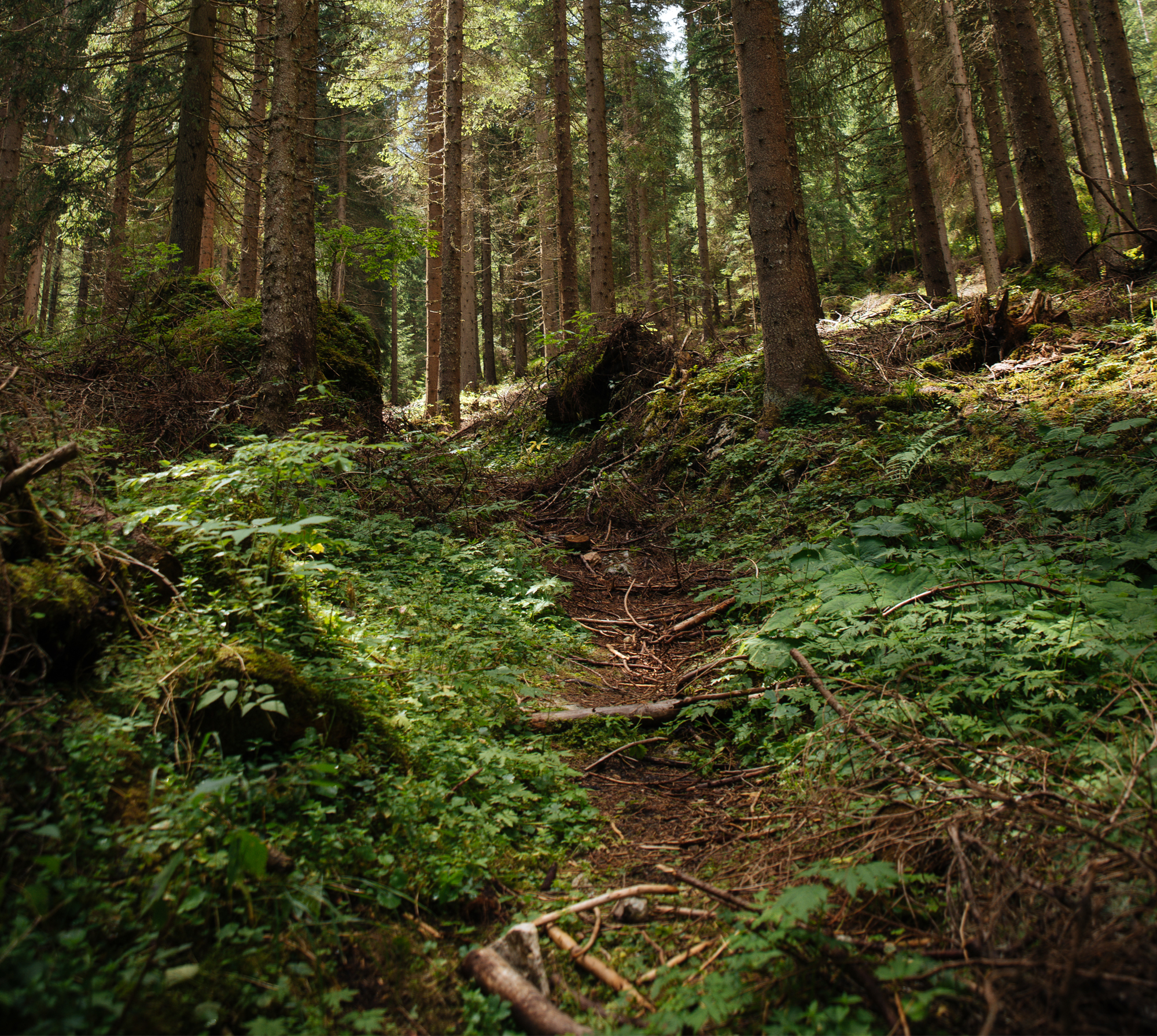
Model biomasy igliwia sosny zwyczajnej (Pinus sylvestris L.) wyrosłej w warunkach gruntów porolnych i leśnych
Modelling needle biomass in Scots pine (Pinus sylvestris L.) stands on former farmland and forest soils
Autorzy
-
Tomasz Jelonek
Uniwersytet Przyrodniczy w Poznaniu, Wydział Leśny, Katedra Użytkowania Lasu,
ul. Wojska Polskiego 71A, 60-625 Poznań -
Witold Pazdrowski
Uniwersytet Przyrodniczy w Poznaniu, Wydział Leśny, Katedra Użytkowania Lasu,
ul. Wojska Polskiego 71A, 60-625 Poznań, Poland - Ryszard Walkowiak Uniwersytet Przyrodniczy w Poznaniu, Wydzia³ Rolnictwa i Bioin¿ynierii, Katedra Metod Matematycznych i Statystycznych ul. Wojska Polskiego 71A, 60-625 Poznañ, Poland
-
Arkadiusz Tomczak
Uniwersytet Przyrodniczy w Poznaniu, Katedra Użytkowania Lasu,
ul. Wojska Polskiego 71A, 60–625 Poznań
Tel. +48 61 848–7756; e-mail: arkadiusz.tomczak@up.poznan.pl
Abstrakt
The relationship between the biometric traits of Scots pine (Pinus sylvestris L.) trees and their total needle biomass was analysed and the foliage of these trees growing in 38 stands in northern and western Poland was modelled. Productive pine stands were chosen on former farmland and forest soil providing locally optimal conditions for growth. A total of 114 trees aged between 32 and 114 years old were felled and their total biomass of fresh needles was calculated. Out of all the traits measured, diameter at breast height (DBH) was the best predictor of foliage biomass. Since the two models produced to describe this relationship on forest soils (Mi = 0.093614 D1.3 1.679398), and farmland (Mi = 0.060302 D1.3 1.819009) were very similar, they may be used interchangeably. However, as they aged, needles of pines growing on former farmland deteriorated faster than those on forest soil with respect to their assimilation capacity. This suggests that the assumptions of Pipe Model Theory need to be verified.
Słowa kluczowe
| DOI | 10.2478/v10111-012-0009-1 |
|---|---|
| Source | Leśne Prace Badawcze (Forest Research Papers), 2012, Vol. 73 (2): 97–106 |
| Print ISSN | 1732-9442 |
| Online ISSN |
2082-8926 |
| Type of article |
Original research article |
| Original title |
Model biomasy igliwia sosny zwyczajnej (Pinus sylvestris L.) wyrosłej w warunkach gruntów porolnych i leśnych |
| Publisher | Instytut Badawczy Leśnictwa, Sękocin Stary, Poland |
| Date | March, 2012 |
- Jelonek T., Pazdrowski W., Walkowiak R., Tomczak A. Model biomasy igliwia sosny zwyczajnej (Pinus sylvestris L.) wyrosłej w warunkach gruntów porolnych i leśnych
- Stefańska-Krzaczek E. Fitocenozy borów sosnowych na tle zmian klasyfikacji mezotroficznych siedlisk borowych na przykładzie Nadleśnictwa Bolesławiec
- Głowacka B., Bystrowski C. Możliwości zwalczania zwójek jodłowych Choristoneura murinana Hb., Zeiraphera rufimitrana H.-S. i Epinotia nigricana H.-S. w lasach Gór Świętokrzyskich
- Małecka M., Żółciak ., Sikora K., Sierota Z. Ocena występowania grzybni i owocników Phlebiopsis gigantea (Fr.: Fr.) Jülich w pniakach sosnowych po wykonaniu zabiegu ochronnego przed hubą korzeni
- Kałuża T. Weryfikacja modelu stateczności drzew na terenach zalewowych na przykładzie dębu Quercus robur L., sosny Pinus sylvestris L. i olchy Alnus glutinosa (L.) Gaertn.
- Jonczak J. Wpływ domieszki sosny w drzewostanie bukowym na intensywność wypłukiwania węgla, żelaza i glinu z poziomu organicznego i próchnicznego gleb bielicowo-rdzawych

